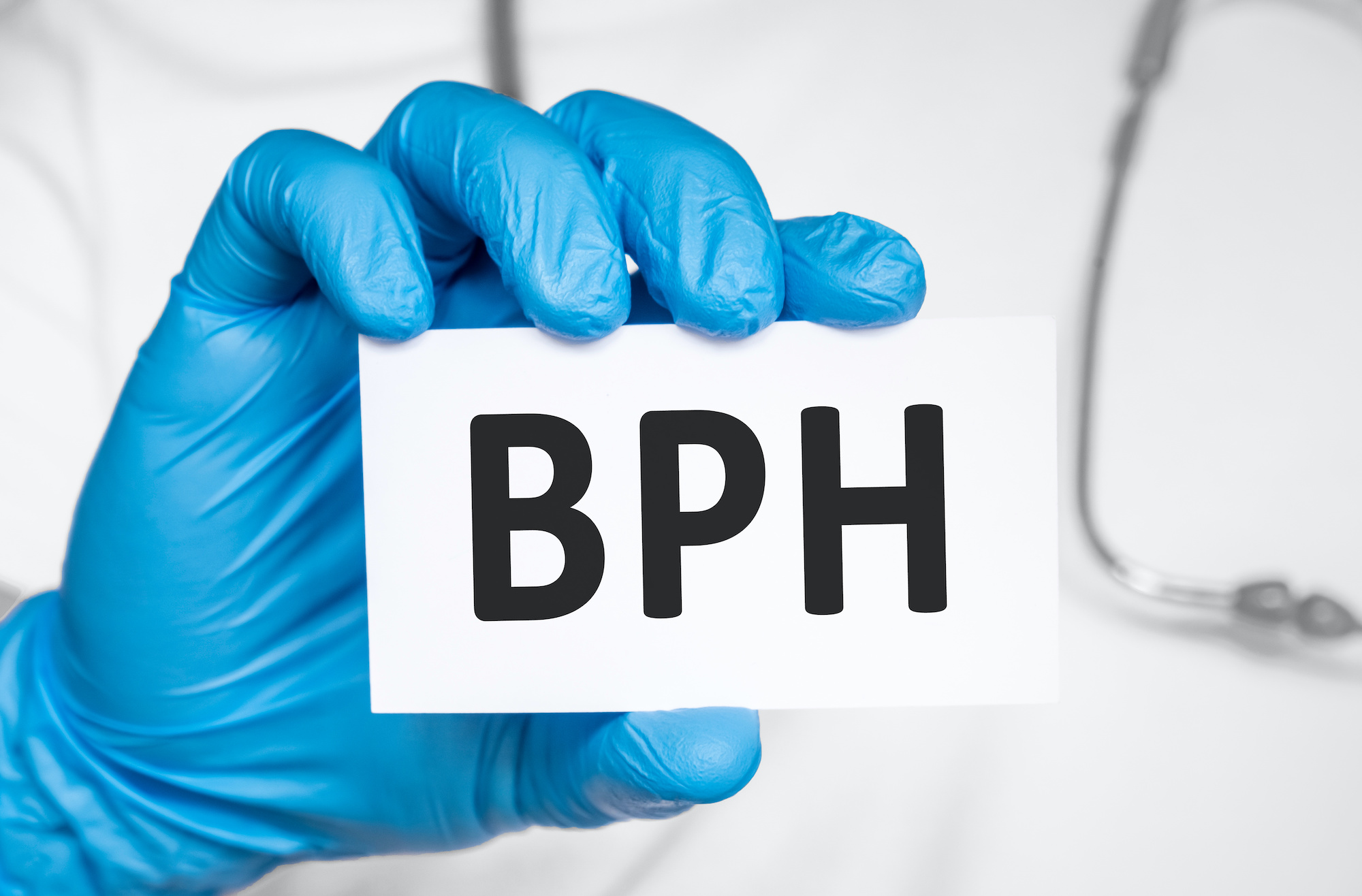An enlarged prostate, or benign prostatic hyperplasia (BPH), is a common condition that affects men as they age. About 50% of men between the ages of 51 and 60 have BPH, and that number jumps to 70% among men aged 60 to 69 and around 80% of men over 70 years of age. Because an enlarged prostate can cause urinary problems, many men seek treatment.
What Is Aquablation Therapy?
At KCUC, we offer several non-surgical treatment options for relief of BPH symptoms. One of the newest is Aquablation Therapy. Aquablation Therapy is an advanced, minimally invasive treatment for BPH that uses imaging, robotics, and a heat-free water jet to provide long-lasting relief with low rates of complications. This new treatment offers several advantages. First, by using two types of imaging, your surgeon can see your entire prostate. Additionally, robotics and advanced computer software allow the surgeon to create a personalized treatment plan before surgery begins. Finally, the heat-free water jet allows the surgeon to remove the excess prostate tissue precisely and more safely than with other methods that use heat.
Fewer Side Effects with Aquablation
Because Aquablation Therapy allows the surgeon to create a map, he/she can identify specific anatomy that maintains sexual function and continence and preserve it. During the procedure, a robotically controlled, heat-free water jet removes unwanted prostate tissue. This robotic technology ensures that the prostate tissue is removed precisely, consistently, and predictably. All of these advantages combined result in fewer post- procedure side effects. Most men retain urination, erection, and ejaculation function.
Aquablation Therapy Delivers Promising Results
Clinical studies have shown that Aquablation therapy offers significant symptom relief and low rates of irreversible complications across prostates of all sizes and shapes. Results are promising:
- 16 point IPSS improvement (International Prostate Symptom Score). The IPSS is made up of 7 questions related to voiding (urinating) symptoms. A score of 0 to 7 indicates mild symptoms, 8 to 19 indicates moderate symptoms and 20 to 35 indicates severe symptoms.
- 2 times improvement in flow of urine
- 10 out of 10 men preserve continence
- 10 out of 10 men preserve erections
- 9 out of 10 men preserve ejaculation
Aquablation Offers a Better Option for BPH Treatment
Many men put off treating their enlarged prostates because of fear of loss of sexual function. If BPH is left untreated, bladder and kidney function may be affected over time. Using medication to treat BPH over a long period of time can increase the risk of heart failure and dementia. Aquablation offers a better way to treat BPH without the risks of other procedures or surgeries.

